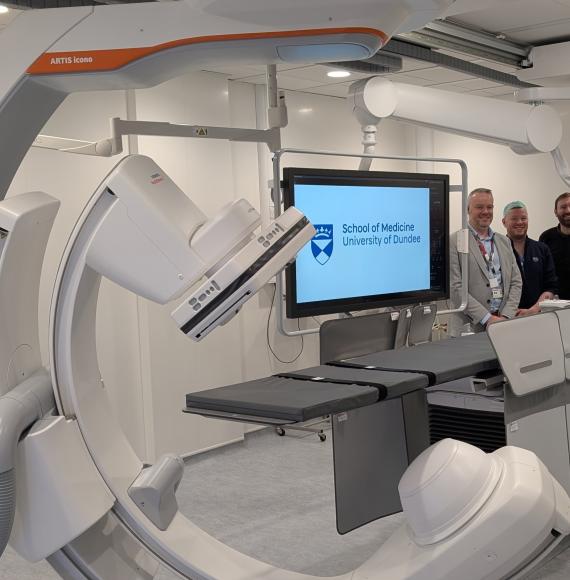The latest NHS England (NHSE) performance figures show the overall waiting list fell from 7.61 million in November to 7.6 million last December, signalling the third month in a row the health service has cut into the backlog.
NHSE says 2023 saw more elective activity delivered than in any other year since the pandemic, with over 17.3 million people getting treatment.
Just 4.4% of the total waiting list were patients who have been waiting more than a year for elective care – the lowest since November 2020.
This comes as the start of 2024 represented the busiest January ever for A&E attendances, with 2.3 million admissions.
The stats also show those waiting more than 18 months jumped by nearly 2,000 between November and December, from around 11,100 to 13,100. The two-year waits increased from 227 to 282.
The number of people who spent more than 12 hours in A&E after first arriving reached just over 177,800 last month, which accounts for 12% of all attendances – two record highs.
“It has been an extremely challenging winter so far…”
January also saw ambulances respond to category two call outs in an average of 40 minutes and six seconds, while the previous month was closer to 46 minutes. This is against a 30-minute target for 2023/24.
Category one response times averaged out at eight minutes and 26 seconds at the start of this year – 18 seconds better than last December and four seconds faster than January 2023.
NHSE highlights that the end of last year was disrupted by industrial action, with more than 86,000 appointments needing to be rescheduled in December 2023.
NHSE’s national medical director, Professor Sir Stephen Powis, said: “It has been an extremely challenging winter so far with two periods of industrial action, including the longest strike in NHS history last month, so a further fall in the number of patients waiting for treatment and improvements in ambulance response times, is a testament to the continued hard work and dedication of NHS staff.”
NHS Providers’ chief executive, Sir Julian Hartley, said: "Seasonal pressure and other factors including staff absences and strikes dealt a blow to elective and diagnostic activity in December. But sheer hard work by trusts has resulted in further reductions to the longest waits for treatment and inroads made to overall waiting lists.”
He added: “But persistent pressure across the NHS – not just in hospitals but on ambulance, mental health and community services too – makes further progress a hard task.”
Weekly data shows there were still over 13,600 medically fit patients taking up beds each day last week. Overall bed occupancy stands at nearly 95%.
Policy director at the NHS Confederation, Dr Layla McCay, commented: “The high number of patients still in hospital beds when healthy enough to go home shows that the severe strain runs from hospital front doors right through to the back doors.
“Bed occupancy is still much too high, with new beds being filled almost as soon as they are opened, while our members are worried that financial pressures in social care are leaving them unable to offer care packages to help move people out of hospital.”
“There are no quick fixes…”
Industry leaders maintain a consistent line that long-term thinking is the only way out of the backlog.
The King’s Fund’s chief executive, Sarah Woolnough, explained: “The NHS is taking action to increase capacity, including opening more beds and expanding virtual wards, and to improve handovers from ambulances to hospitals. But month after month we see that patients are still struggling to access NHS services.
“There are no quick fixes to this long-term issue, but the solutions will lie in bolstering out-of-hospital care such as primary, community and social care services, making health and care a more attractive place to build a career, and ramping up efforts to help people live healthier lives.”
Meanwhile, assistant policy director at the Health Foundation, Tim Gardner, said: “Despite the seasonal flu outbreak not being unusually severe, patients are still experiencing unacceptably long waits, and NHS staff are working under immense pressure. There are no quick fixes, but health services can recover if action is taken to tackle the root causes of the crisis.”
He added: “Ahead of an upcoming election, the case for prioritising the long-term sustainability of the health and care service couldn't be stronger. This includes investment to build the workforce, boost infrastructure, harness technology, and reform the social care system.”
Monthly and weekly data is available here.
Image credit: iStock



















